So Many Suppliers, So Little Time
I speak to many people in the industry and I hear the same complaint when it comes to supplier management: too many and too little time with which to manage them all. While the ideal may be to limit the number of suppliers, that is not always a realistic option. If anything, the realities of a globalized business climate result in an increase in suppliers. Not only do we source globally, but many of us also provide goods and services to an international marketplace. With no hope of reducing supplier numbers in sight, the solution lies instead in focusing on the right suppliers where you can achieve the greatest value. By categorizing your suppliers and focusing most of your attention on one group in particular– the Strategic supplier—you can manage the unmanageable.
4 Categories of Suppliers
Categorizing your suppliers into four groups is the first step in getting your arms around your supplier base and understanding where money is spent and the product, and/or service for which each supplier is paid. The four categories that are known throughout the industry are Strategic, Tactical, Emerging, and Legacy, in no particular order.
Strategic – high-dependency, high cost exposure vendors, as well as vendors that the IT organization wishes to increase business with over time
Tactical – technologies or solutions that are typically point solutions that may or may not have a long-term role within the business environment
Emerging – developing and/or new technologies which will or are substantially altering the business. Technology developments and innovations that continue to be on the upward swing
Legacy – part of an organization’s computing heritage and continue to serve a vital role in the enterprise computing infrastructure
The Strategic Supplier
Focusing on the Strategic suppliers provides the greatest ”bang for the buck” . This is where the company has most likely invested the most money and on whom it has the highest dependency for continued support and growth of the business.
The issue remains that too many times the list of strategic suppliers is the largest of all four categories, diminishing any benefit that categorizing suppliers in this manner should have offered. It is important to define what a Strategic supplier is, as not all suppliers are or can be Strategic. Ask yourself:
- Spend: Which are the suppliers where the company spends the most?
- Risk: Which suppliers (goods and technologies) are deeply entrenched within the company and would be extremely difficult to remove and/or replace?
- Business: Which suppliers does the company utilize for increased business
Obviously there are others triggers and indicators that can be used but these are the simplest and easiest that will help whittle the list down to a manageable size. Using this extremely simple approach to categorizing suppliers drives extreme value.
The Value – it’s About Leveling the Playing Field
As we discussed, you’re not likely to decrease suppliers in any meaningful way, at least not for any significant period of time. The likelihood of increasing staff to retain vendor-management-staff-to-supplier ratios is unrealistic as well. But, the results that can be achieved by concentrating the bulk of your team’s efforts on managing the full lifecycle of the relationship with the correctly grouped Strategic Suppliers are great. Without this focus, unmanaged suppliers raise prices, miss SLAs, slip in renewals, swap out key resources, etc. Simply put, some vendors are betting on you not having time to hold them to that which was sold.
This is not something that happens over night or can be done on an ad hoc basis. The whole idea of managing the Strategic suppliers is to try and level the playing field (between you and the supplier) so that you can drive and achieve the value told and sold by each supplier. If you do not manage the relationship the imbalance will remain, and you, as the buyer, will assume all risks from this unbalanced relationship. Consistent, focused management will change how this tier of suppliers view you as a customer – from “cash cow” to key customer/partner.
Ultimately, from the new focus on Strategic Suppliers you can expect a renewed focus from your account team, gain better insight in the account and be on the road to achieving and retaining the value you were sold at the creation of the relationship.



